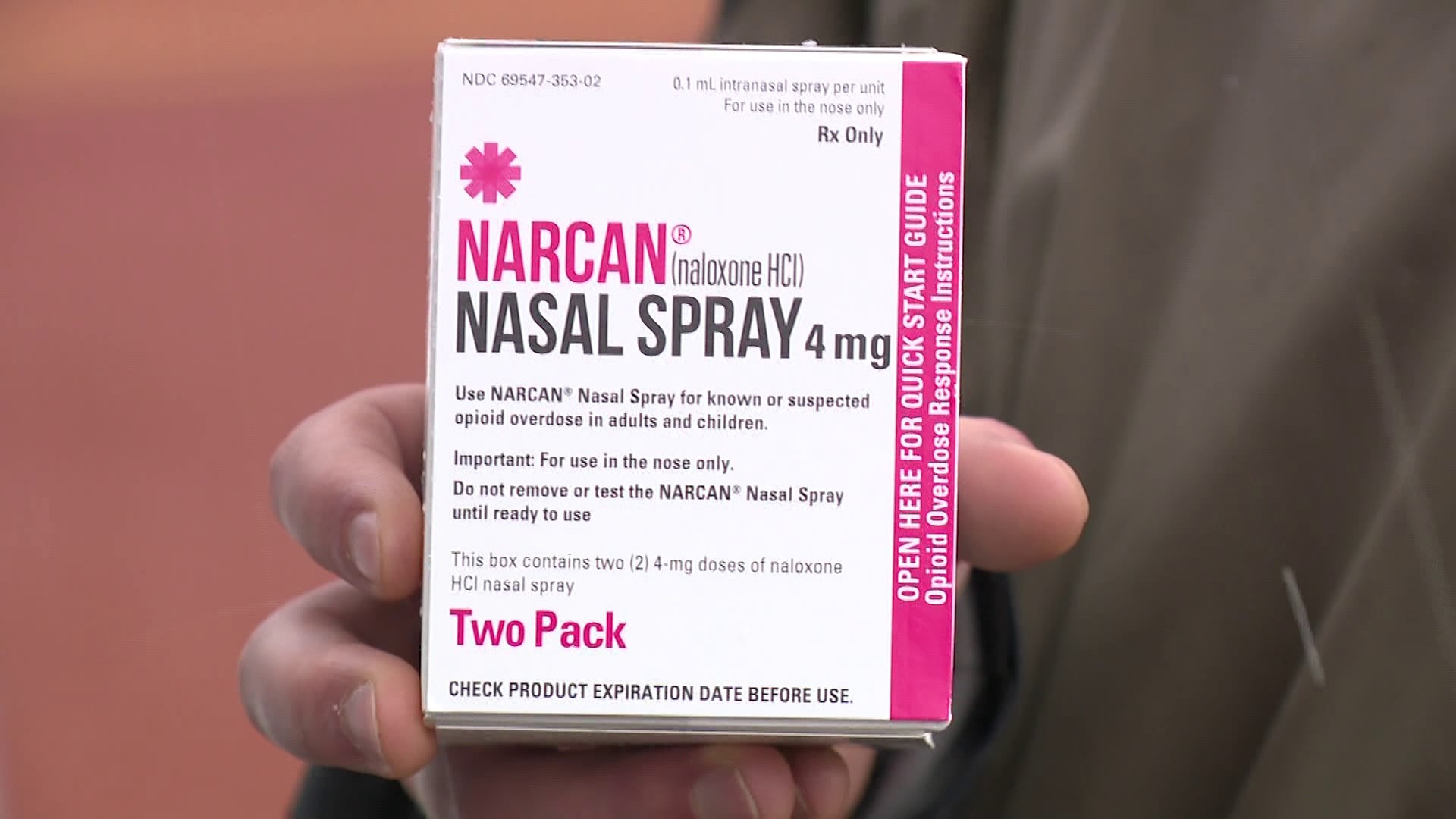KENT COUNTY, Mich. — On Tuesday the Michigan Department of Health and Human Services (MDHHS) announced that overdose deaths in Michigan decreased 5.7% in 2023, with 2,826 deaths recorded compared to 2,998 in 2022.
MDHHS says from 2021 to 2023, overdose deaths in the state decreased five-times faster than the national average, a great reversal after the nation saw overdose increases during the COVID-19 Pandemic.
"We've really been leading the nation in terms of targeted interventions, really putting products out there that will save lives," said Dr. Natasha Bagdasarian, Chief Medical Officer for the State of Michigan. "One of the most direct ways that we can prevent people from dying is harm reduction, and that includes things like using Naloxone, which reverses those opioid overdose deaths."
Dr. Bagdasarian says the state leads the way in increasing access to Naloxone, addiction prevention resources, along with increasing treatment and recovery options.
She says the state has also distributed around 1 million Naloxone kits since 2020, and more than 320,000 in 2024 so far.
According to the Kent County Health Department, local numbers have seen an even greater decrease in overdose deaths as well.
"Between 2022 and 2023 we saw a 15% decrease in the number of overdose deaths, and actually an almost 30% decrease in the number of opioid involved deaths," said Kent County Epidemiologist Rachel Jantz.
"We have the Kent County opioid task force that meets monthly to try to align our strategies and resources in mitigating overdose deaths, so things like distribution of naloxone, access to treatment, as well as decreasing stigma, can also really help decrease the number of overdose deaths," added Jantz.
Both Kent County and the MDHHS have noted an increase in disparity among different populations.
MDHHS says Black residents are 2.8 times more likely to die of an overdose compared to white residents, with American Indian/Alaska Native residents being 2.2 times more likely.
Jantz says in Kent County, they have seen that disparity grow to being four-times higher for Black residents.
'From the Substance Abuse and Mental Health Administration, and the National Survey on Drug Use and Health, we've seen that there are equal rates of drug use among race and ethnicity groups," said Jantz. "That would lead us to believe that the experiences in overdose and in substance use disorder should also be equal across race and ethnicity groups, but we're not seeing that, and so that means that there's some kind of systemic or structural issue that's going on that's leading to greater numbers of overdose deaths in our black population versus our white population."
The county health department says they are working with local Black-lead groups to address this disparity, as Dr. Bagdasarian says they will be studying the most recent numbers to determine the best allocation of resources.
Locations for free Naloxone by county can be found below.

